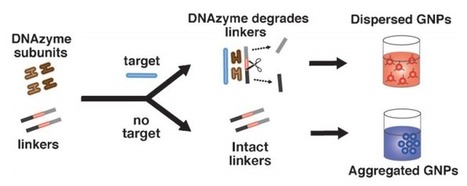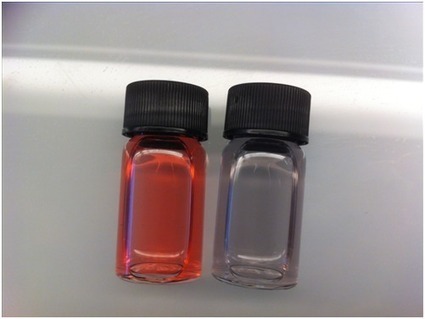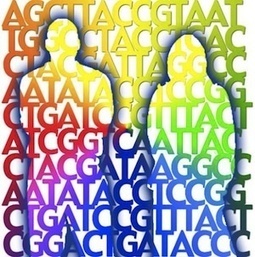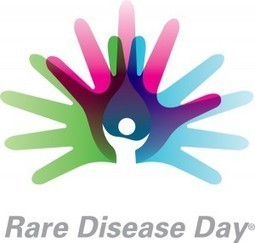A diagnostic system using DNA powder and gold nanoparticles being developed by scientists at the University of Toronto’s Institute of Biomaterials and Biomedical Engineering could provide rapid point-of-care diagnosis of the world’s leading infectious diseases in the near future.
BBME PhD student Kyryl Zagorovsky has developed a rapid diagnostic biosensor that will allow technicians to test for multiple diseases at the same time with one small sample, and with high accuracy and sensitivity. The biosensor relies upon gold nanoparticles, which change color.



 Your new post is loading...
Your new post is loading...













